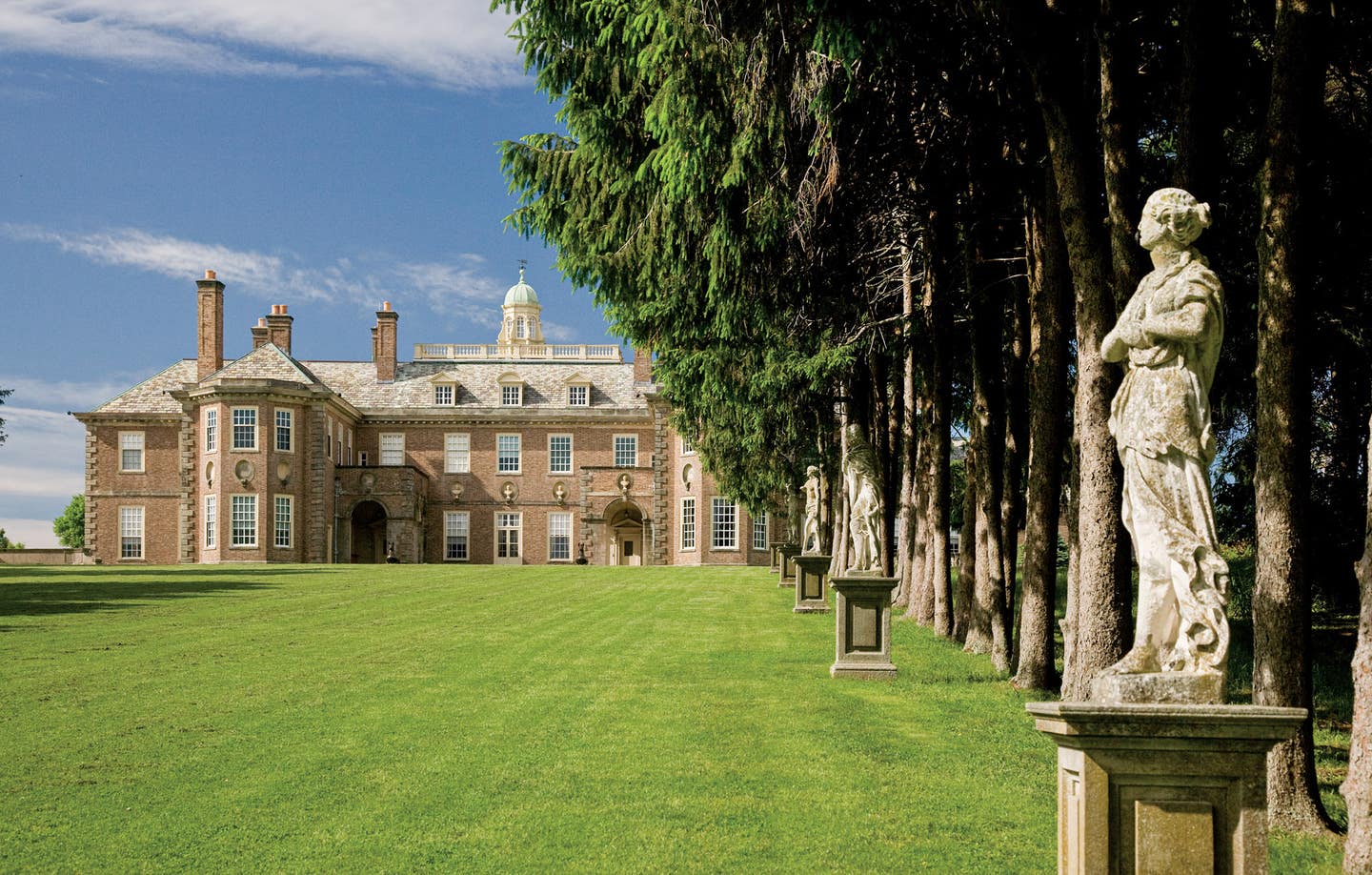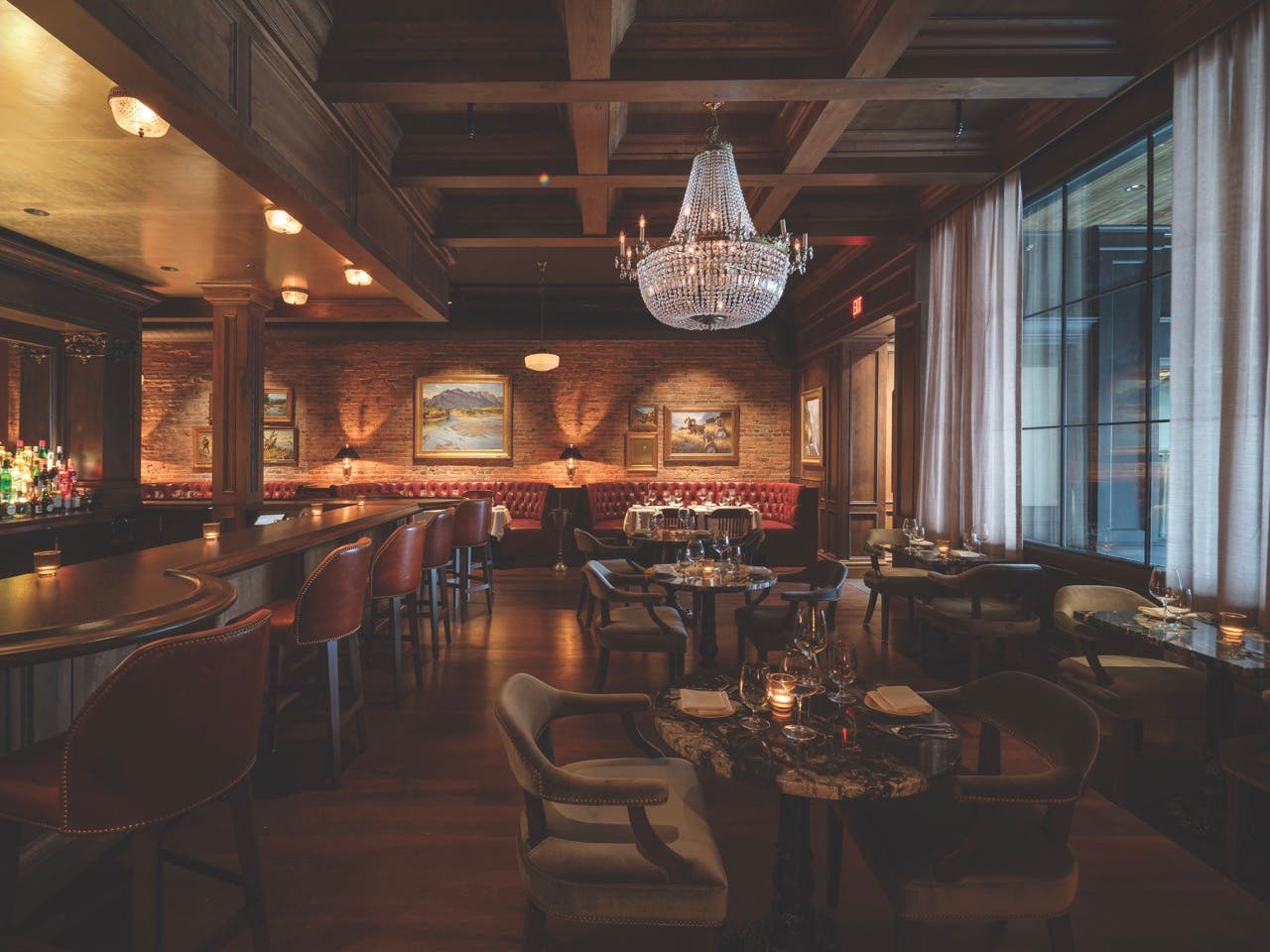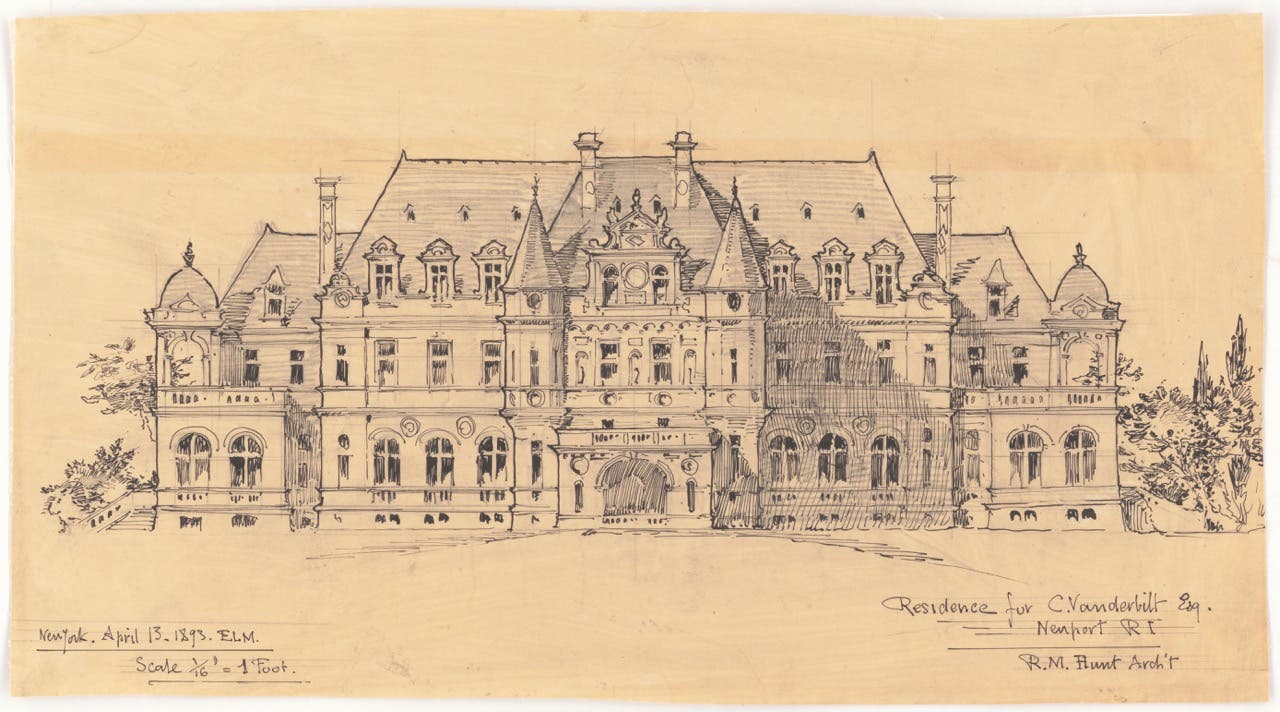
Features
Protecting Our Lands with Jocelyn Forbush
When it comes to the topic of historic preservation, it’s not difficult to find proponents well-versed in the nuances of protecting centuries-old buildings. Of course, landscapes are equally important, though perhaps less exhaustively discussed. The work to preserve natural and cultivated landscapes is critical to our national heritage—and our future. The Trustees of Reservations, a 130-year-old nonprofit organization, oversees 120 properties across the state of Massachusetts. All of them are open to the public. President and CEO Jocelyn Forbush shares the ways in which The Trustees conserves not only land but also cultural identity, and how the two are entwined.
1. What is the philosophy behind The Trustees of Reservations?
The Trustees was founded in 1891 by landscape architect Charles Elliot. It was at a time when the world was experiencing industrialization’s impact on the natural landscape. He led an effort to protect special places that represented the legacy, stories, and landscapes of Massachusetts. Much of the Land Trust movement comes out of The Trustees’ founding, including the establishment of the National Park Service. The Trustees was, and remains, a model for protecting land that was to be entrusted to the public. The mission is to tell the stories of who we are as a culture—our history, where we come from, how our stories have been told over time. We also want to ensure public access to our shores, waterfronts, coastlines, farms, wetlands, fields, and other lands. Equal opportunity to enjoy our reservations is critical to our mission.
2. How does The Trustees choose properties to acquire?
We have a set of criteria and an evaluation process we use when looking around the state. Currently, we are taking a proactive approach to finding exceptional and iconic places that we don’t want to lose. Because public access is such a key component, the properties we select are often destination sites or are located nearby to visitor destinations. We work with state governance, community members, and a broad network of agencies to identify properties in need of protection. We typically reach out directly to landowners to encourage a conservation outcome, whether near- or long-term.
We are one of only a few organizations that take on the cultural sides of the sites we acquire—historic houses and other aspects of the designed and built landscape—to ensure the story remains intact and is told accurately, while the beauty of the place is shared in perpetuity. We are always on the lookout for new reservations that hold important stories and are landscapes of significance. We have over 600,000 square feet of buildings; 11 are homesteads and registered National Historic Landmarks. But far from every property we take on has these elements; many are strictly natural landscapes. The breadth of our mission encompasses nature and culture—that is who we are.
3. How can The Trustees serve as a model for other conservation organizations?
Ours is a dynamic and holistic mission with a broad portfolio—from historic country estates to working farms to hiking trails and coastal dunes. It’s very important to us to engage with the communities around our reservations, whether through educational programming or by ensuring people have a place to get outside and enjoy nature. The public foundation of the work we do is as important and is strongly married to the conservation piece.
4. How has The Trustees evolved over the decades—how has your approach to the reservations changed?
I’ll start by using the example of Stevens-Coolidge Place in North Andover. It was the summer estate of a diplomat descended from Thomas Jefferson. We took it on as a beautiful landscape and part of the downtown community worthy of preservation; it was a quiet and passive property for a long time. In the last few years, we’ve made a major investment in bringing back the family gardens once planted there, and then expanding them out significantly to offer horticultural richness, enlivening it to be a visitor destination. We re-envisioned it for modern activity and engagement. Now people visit to learn about the history of the site and enjoy the outdoors.
Another good example is Appleton Farms—the oldest continuously operating farm in the country—which hosts agro-ecology-based educational opportunities, summer camp programing, and culinary arts-related events. It is also an active CSA.
The idea is to bring these sites to life in ways that both engage the public and steward the land. To that end, we’ve increased community outreach efforts to include partnerships and translation services; we look at the demographics and languages of local constituents and visitors, as well as educational opportunities in the form of scholarships and youth ambassadorships. We also have an internal drive to be among the most diverse and inclusive organizations in Massachusetts today—both in our staff and in our practices.
We are working, too, to expand our cultural lens. We’ve been caretakers and inspirers of culture and art for a long time. More recently, we’ve been running a program called Art in the Landscape, whereby contemporary artists put together installations on some of our sites. We have integrated with the deCordova Sculpture Park and Museum, for instance. There’s a whole new vision for what art is within the landscape. That’s bringing some of our more historic sites into a moment when we have an opportunity to look at them differently through a lens of contemporary art. There are several Trustees properties where you can see the old becoming new again.
5. How would you describe the changing landscape of nonprofit agencies?
We are seeing more concentrated efforts to ensure accessibility to marginalized communities—that impacts where and how we protect land. That’s a conversation that has really evolved over time. We have more properties in more diverse communities—not just rural and suburban but also urban and exurban. We are trying to fill in gaps across the state by careful consideration for where we position ourselves.
Fundamentally, the places we manage are for everyone. That means we always need to be considering our communications—digital, in-person, or otherwise—to ensure everyone feels they are welcome.
Post pandemic, we have learned just how important the outdoors is to people and community. We cherish places we can get together to make memories, and we value the role of the outdoors in public health and rejuvenation, which is why Charles Elliot founded The Trustees. The question for us now is how to respond to this extraordinary demand for open space.
Cities, towns, and conservation nonprofits need to find ways to make sure open spaces are part of everyday life and everyone has access—we must ask ourselves how we can we be proactive to see that to fruition. There are some communities where there are great opportunities to get outside and others where access is quite limited. There is a pathway there for us to map and pursue in the coming years. In the meantime, it’s clear the role our properties have been able to play for the public, which has been so heartening and meaningful.
6. Can you share any acquisition plans?
We have several new projects underway, including Moraine Farm in Beverly. It’s a country estate designed by Frederick Law Olmsted; over the past two decades, we have acquired, piece-by-piece, about 80 acres of the historic farm landscape. The Olmsted landscape portion is owned by a nonprofit that has just put it on the market—it’s another 66 acres at the core of the estate. We are negotiating to acquire that portion. It would be an incredible reservation because we would be protecting what has been the core, yet unprotected section of the property.
We are in the design phase for a project on the Boston Waterfront. To begin from the point of creation is a new approach for the organization This project will turn a post-industrial site into climate-resilient public open space.
Recently, plans have been approved to integrate Armstrong-Kelley Park on Cape Cod into The Trustees to protect the eight-and-a-half-acre public garden and woodland from development in perpetuity. Together with Cape Cod Historical Society, The Trustees will create a new master plan for the park, elevating the gardens and providing new opportunities for engagement.
And there’s Mary Cummings Park, which we are working on in partnership with the City of Boston. The 216-acre public park is located in Burlington and Woburn. It’s a former farm and estate that will be re-imagined; it will include public parking, open views, a pollinator meadow, a picnic lawn, accessible trails, and a wetland boardwalk for visitors to experience the ecology of a critical habitat.
As with all our acquisitions, these prospects are being approached with an eye toward preserving history, culture, land, and scenery for all to enjoy.








